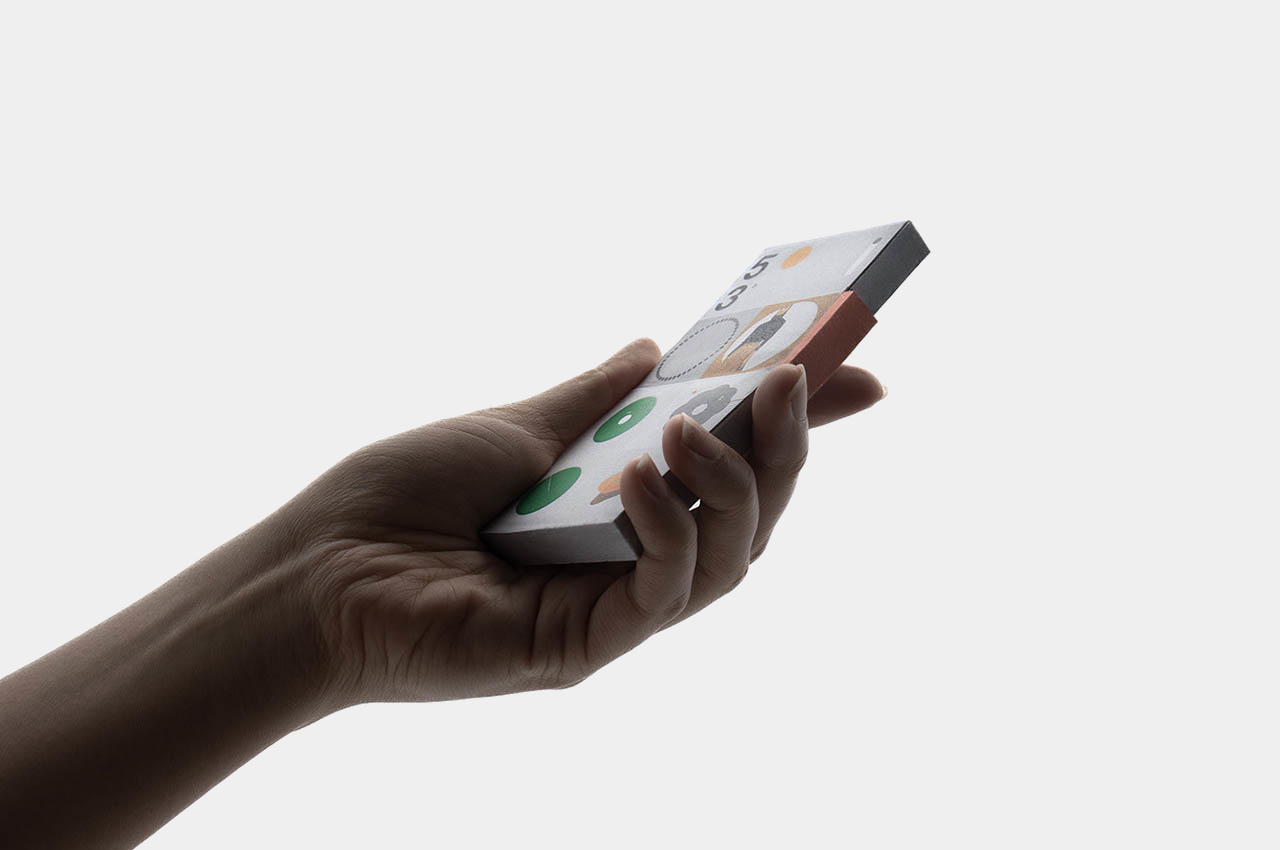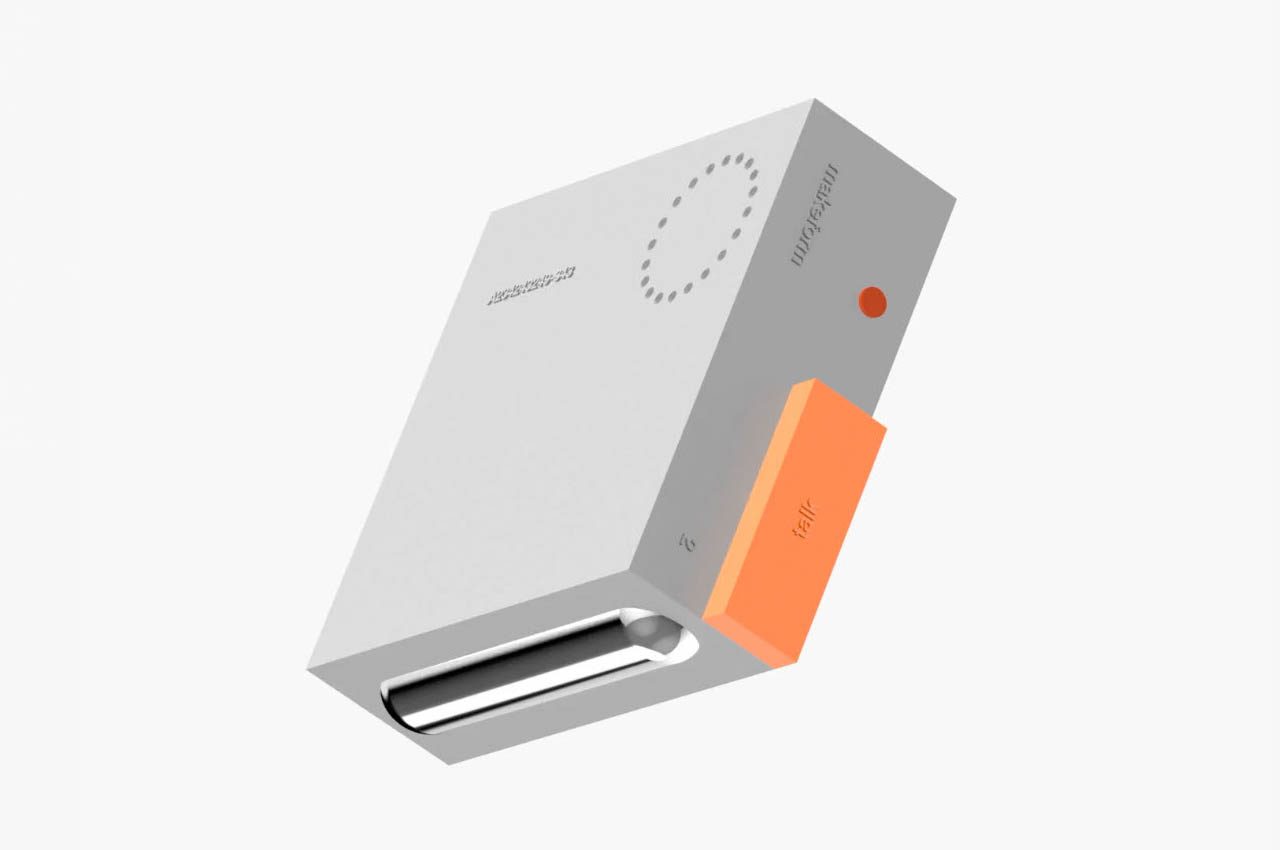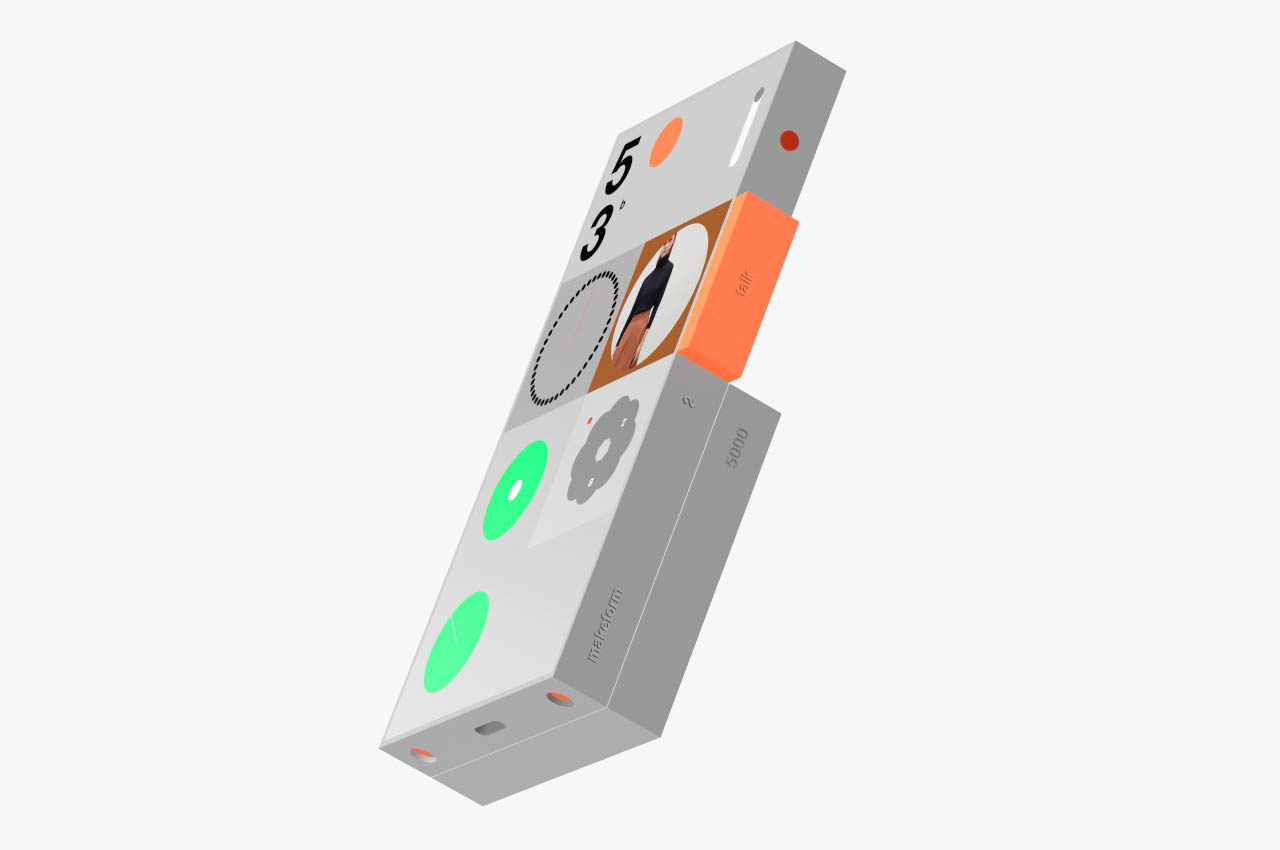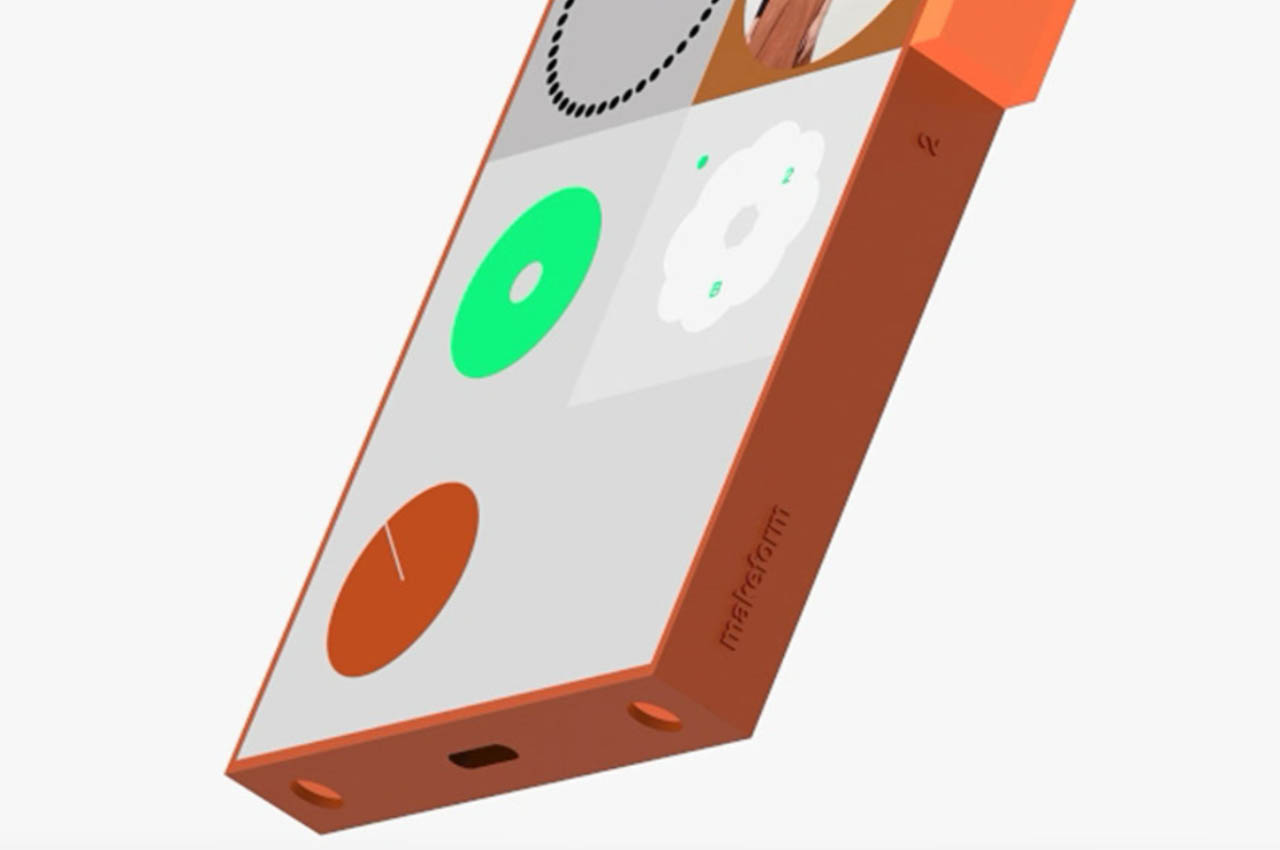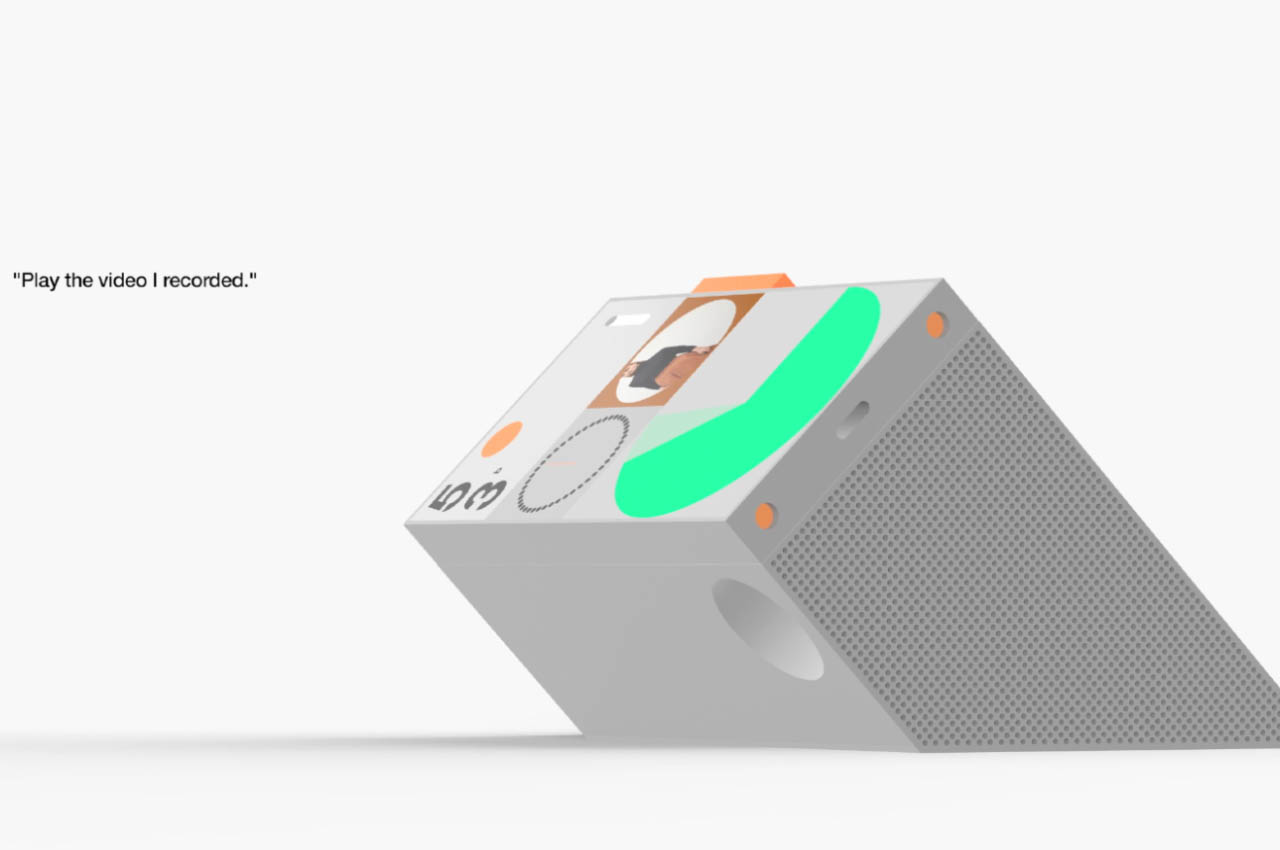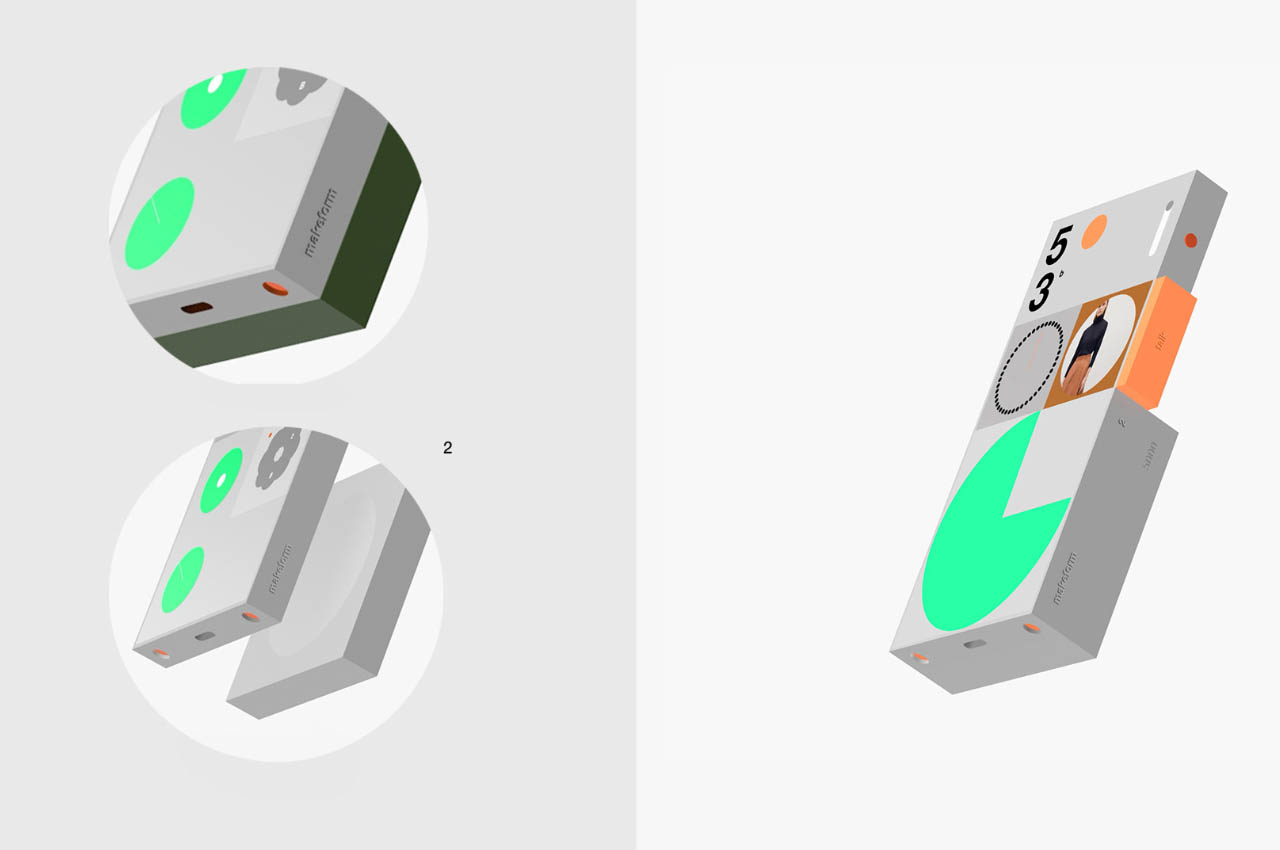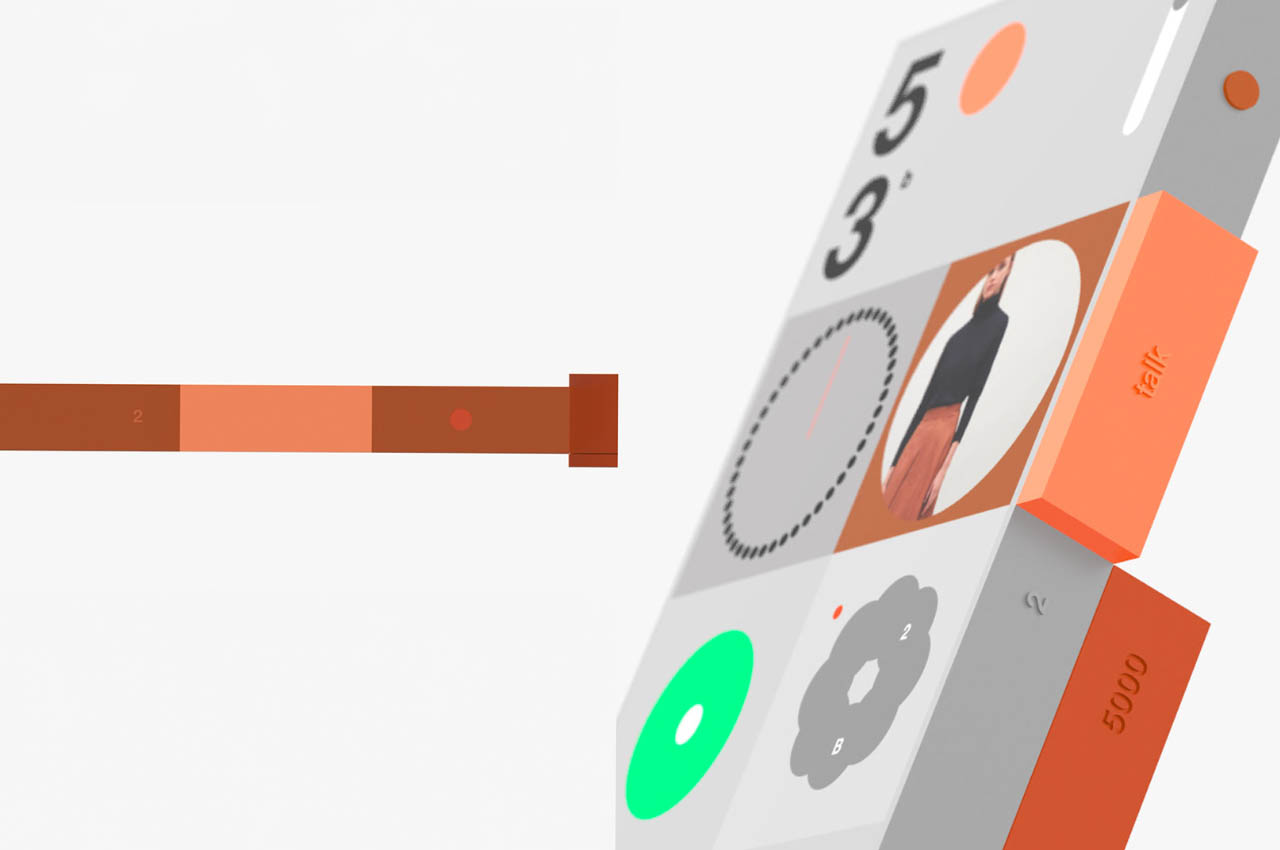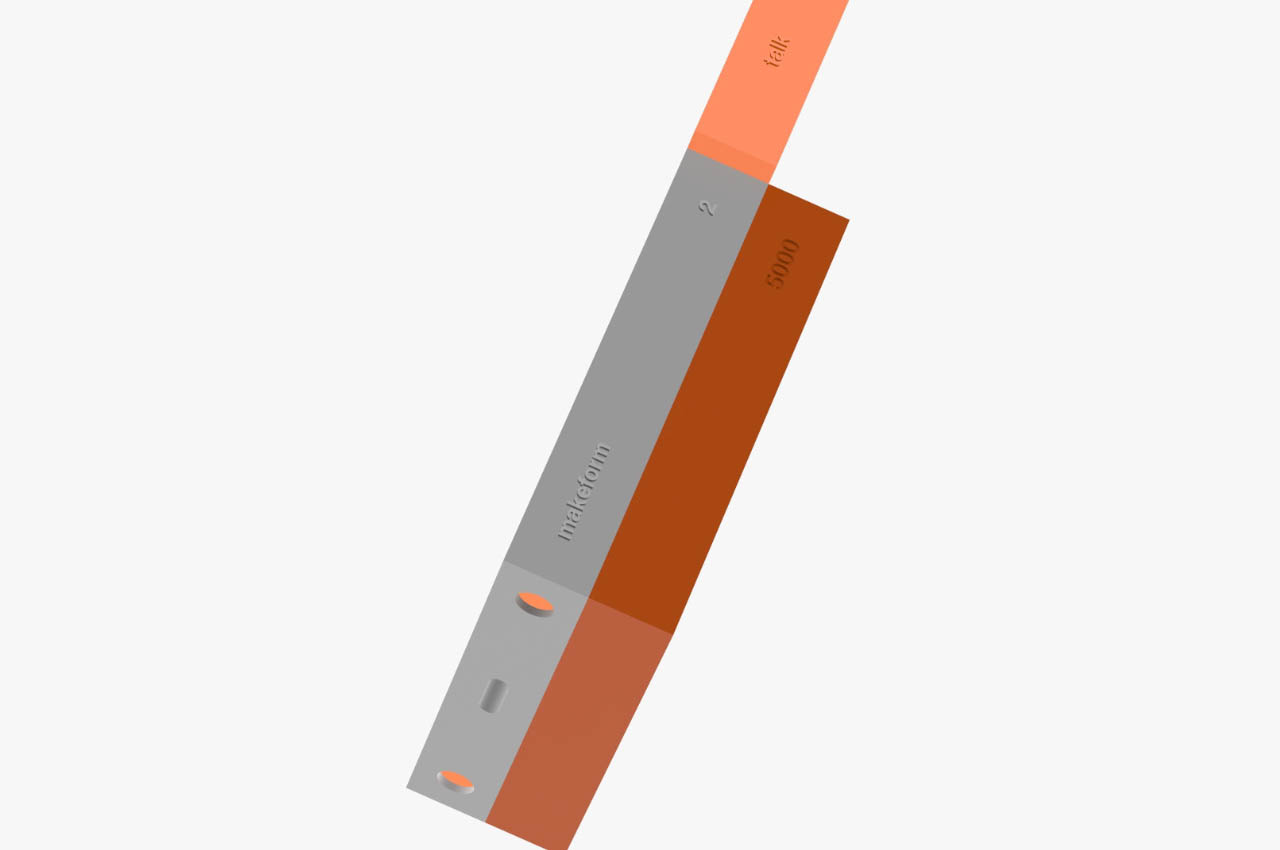
The Vantum Gaming Chair by Herman Miller combines bold design with serious comfort, making it an ideal choice for gamers. Designed for long gaming sessions, it features an adjustable headrest, flexible elastomer backrest, and soft, eco-friendly seat cushion. The Vantum is built for both style and functionality, ensuring gamers can maintain optimal posture and comfort throughout their play. Its forward-neutral design promotes an active, upright posture, essential for maintaining focus and quick reactions. With highly adjustable armrests and seat settings, it can be customized to fit any body type. The Vantum is made from durable materials, ensuring it can withstand the rigors of intense gaming sessions.
Designer: Herman Miller
Design Elements
The Herman Miller Vantum Gaming Chair is designed to support gamers through long sessions with optimal ergonomics and comfort. Its modern aesthetic and advanced features cater to the gaming community’s needs, seamlessly combining style and function.

The Vantum Gaming Chair is available in a range of striking colors: Nightfall (a deep blue), Mystic (a meditative lilac), Helio (an electrifying orange), and Abyss (a bold green inspired by new frontiers). These new colorways join the existing options of Obsidian Black, Polar White, and Flare Red, offering a wide array of choices to match various gaming setups and personal preferences. For instance, the Mystic color emphasizes the chair’s sleek and sophisticated design, demonstrating how its forward-leaning posture and ergonomic adjustments support an active gaming session.

Constructed from high-quality materials, the Vantum ensures both durability and comfort. The backrest features a proprietary elastomer and polyester suspension, providing flexibility and continuous support. The headrest and seat cushion are made of polyurethane foam, topped with 100% post-consumer recycled polyester fabric, making the chair both comfortable and eco-friendly. The frame and base, made from glass-filled nylon, offer strength without unnecessary weight, while the arm pads are crafted from flexible polyurethane integral skin foam, providing comfort during long gaming sessions. The advanced support system, including the thoracic support pad and lumbar adjustment knob, exemplifies the chair’s ergonomic design and high-quality construction.

Ergonomic Features
Ergonomics play a crucial role in the Vantum Gaming Chair’s design. Various adjustable components enhance user comfort and performance, making it a versatile and user-friendly chair.
Adjustable Headrest and Sacral/Lumbar Support
The redesigned headrest is a standout feature of the Vantum. It can be moved vertically and rotated to provide optimal support for the neck and head, whether actively playing or taking a break. This flexibility ensures the chair adapts to different gaming positions, promoting better posture and reducing neck and back strain


Additionally, the chair includes an adjustable lumbar support system that can be customized for different back curvatures by turning a knob located on either side of the seat. Proper lumbar support is essential for maintaining the natural curve of the spine and preventing lower back pain during extended gaming sessions.


Arm Adjustments and Seat Height/Depth
The armrests can be adjusted in height, width, and depth, ensuring the user finds the most comfortable and supportive arm position for different activities. Whether leaning forward to focus on the game or reclining back to relax, the armrests can be positioned to provide continuous support, reducing shoulder and arm strain.

The seat height can be adjusted to ensure the user’s feet are flat on the floor, creating a stable base. The seat depth can also be modified by sliding the seat forward or backward, ensuring the thighs are properly supported. Proper seat height and depth adjustments are crucial for maintaining good posture and preventing discomfort in the legs and lower back.

Tilt Limiter, Tension, and Forward-Neutral Design
The Vantum includes a tilt limiter to set the reclining limit and a tilt tension adjustment to control the ease of reclining. These features provide personalized comfort, allowing the user to find the perfect reclining angle and resistance. The tilt limiter ensures the chair does not recline too far, promoting a safe and stable seating position, while the tilt tension adjustment allows control over how easily the chair reclines.

The forward-neutral design naturally positions the body in an active, upright posture, ideal for maintaining focus and reaction time during gaming. This design helps engage the core muscles and reduces spinal strain, promoting overall health and better performance.
Thoracic Support Pad
The thoracic support pad works with the headrest to provide comprehensive upper back support, essential during long gaming sessions. Proper thoracic support encourages a healthy posture and reduces the risk of upper back and neck strain, ensuring the entire spine is supported from the lower back to the neck.

Is the Herman Miller Vantum Gaming Chair Right for You?
How’s your current gaming chair holding up? Are you constantly adjusting it to find a comfortable spot or dealing with back and neck pain after a How’s your current gaming chair holding up? Are you constantly adjusting it to find a comfortable spot or dealing with back and neck pain after a long session? If so, the Vantum might be just what you need.

The Vantum combines stylish design with serious comfort, offering options to personalize it to your taste and ergonomic features that prioritize your well-being. It’s not just about looking good—although with colors like Mystic and Nightfall, it definitely does—it’s about feeling good too.

If your current chair isn’t cutting it anymore, maybe it’s time for an upgrade. The Vantum’s adjustable headrest, lumbar support and customizable armrests ensure a perfect fit. Plus, it’s made from durable, eco-friendly materials, making it a smart choice for both you and the environment.

The post The Perfect Gaming Throne: An In-Depth Look at the Herman Miller Vantum Gaming Chair first appeared on Yanko Design.
